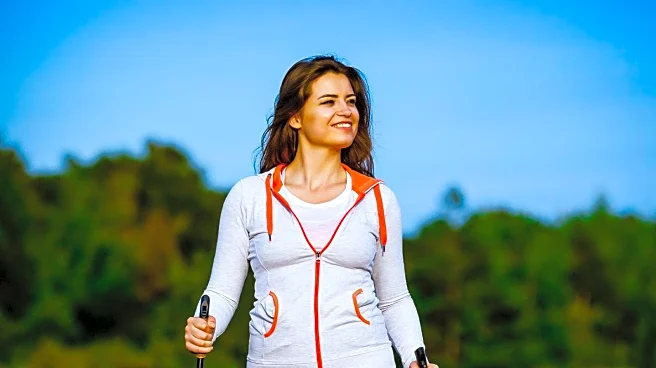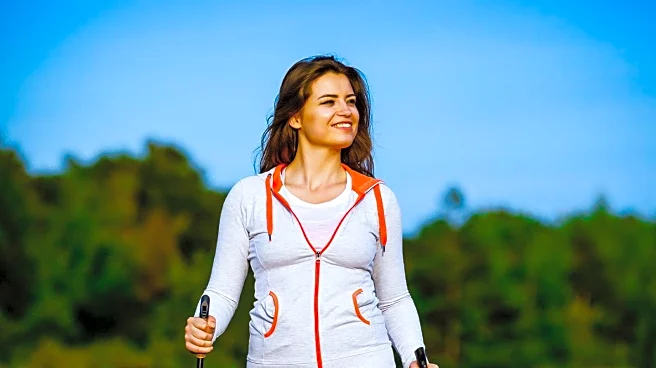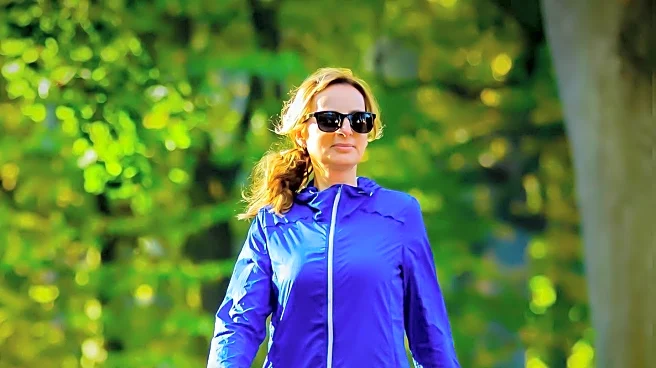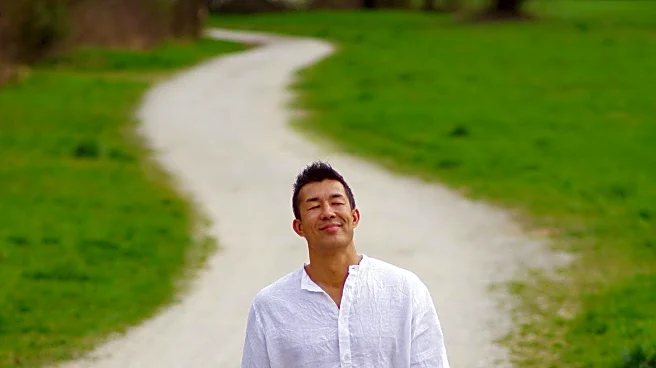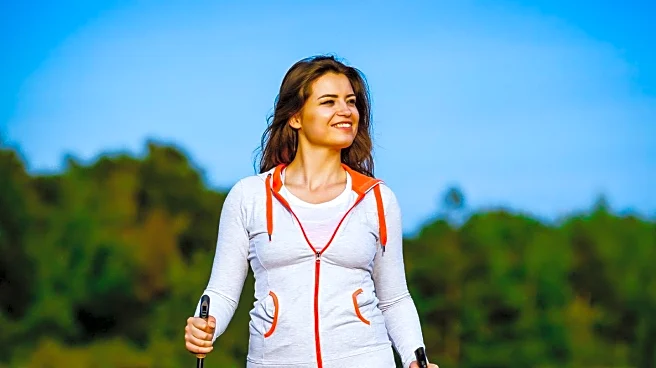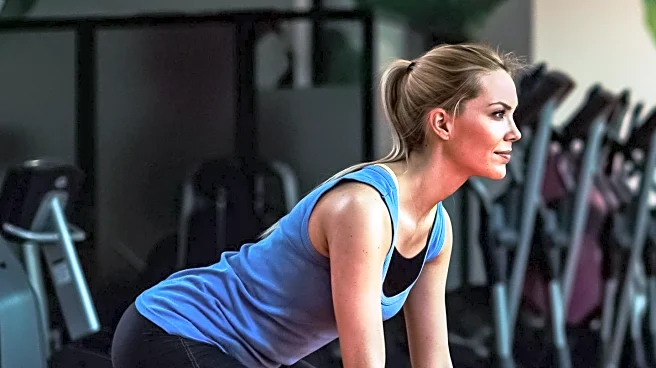Rapid Read • 8 min read
The trend of 'Japanese walking' and the use of walking pads is gaining popularity as a form of exercise. Originating from a 2007 study in Japan, high-intensity interval walking has been shown to benefit middle-aged and older adults by protecting against increases in blood pressure and decreases in muscle strength. A recent study in July 2025 further supports these findings, indicating that increasing walking pace can improve mobility and endurance in older adults. Fitness experts confirm that walking is a valid form of exercise, offering numerous health benefits such as improved cardiovascular health, muscle endurance, and cognitive function. Walking can also aid in weight loss and body reshaping, particularly when done briskly.
AD
The growing interest in walking as a form of exercise reflects a shift towards more accessible and low-impact fitness options. Walking is particularly beneficial for individuals who may not be able to engage in high-impact sports due to joint concerns or other health issues. It offers a practical way to meet the U.S. Department of Health and Human Services' recommendation of 150 minutes of moderate-intensity physical activity per week. The trend also highlights a broader societal move towards integrating physical activity into daily routines, potentially reducing healthcare costs associated with sedentary lifestyles and chronic diseases.
As walking continues to gain traction as a preferred exercise method, there may be increased interest in developing supportive infrastructure, such as walking paths and community programs, to encourage participation. Fitness technology companies might also innovate with new products like advanced walking pads or apps to track walking metrics. Public health campaigns could further promote walking as a simple yet effective way to improve health outcomes, potentially influencing urban planning and public policy to create more walkable environments.
The emphasis on walking as a form of exercise also raises questions about accessibility and inclusivity in fitness. As walking requires minimal equipment and can be done almost anywhere, it presents an opportunity to democratize exercise, making it accessible to a wider range of people regardless of socioeconomic status. This trend could lead to a cultural shift in how society views exercise, moving away from gym-centric models to more inclusive, community-based approaches.
AD
More Stories You Might Enjoy
